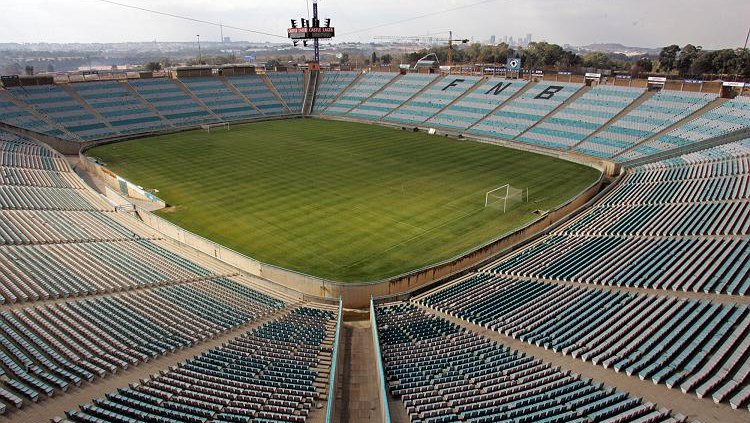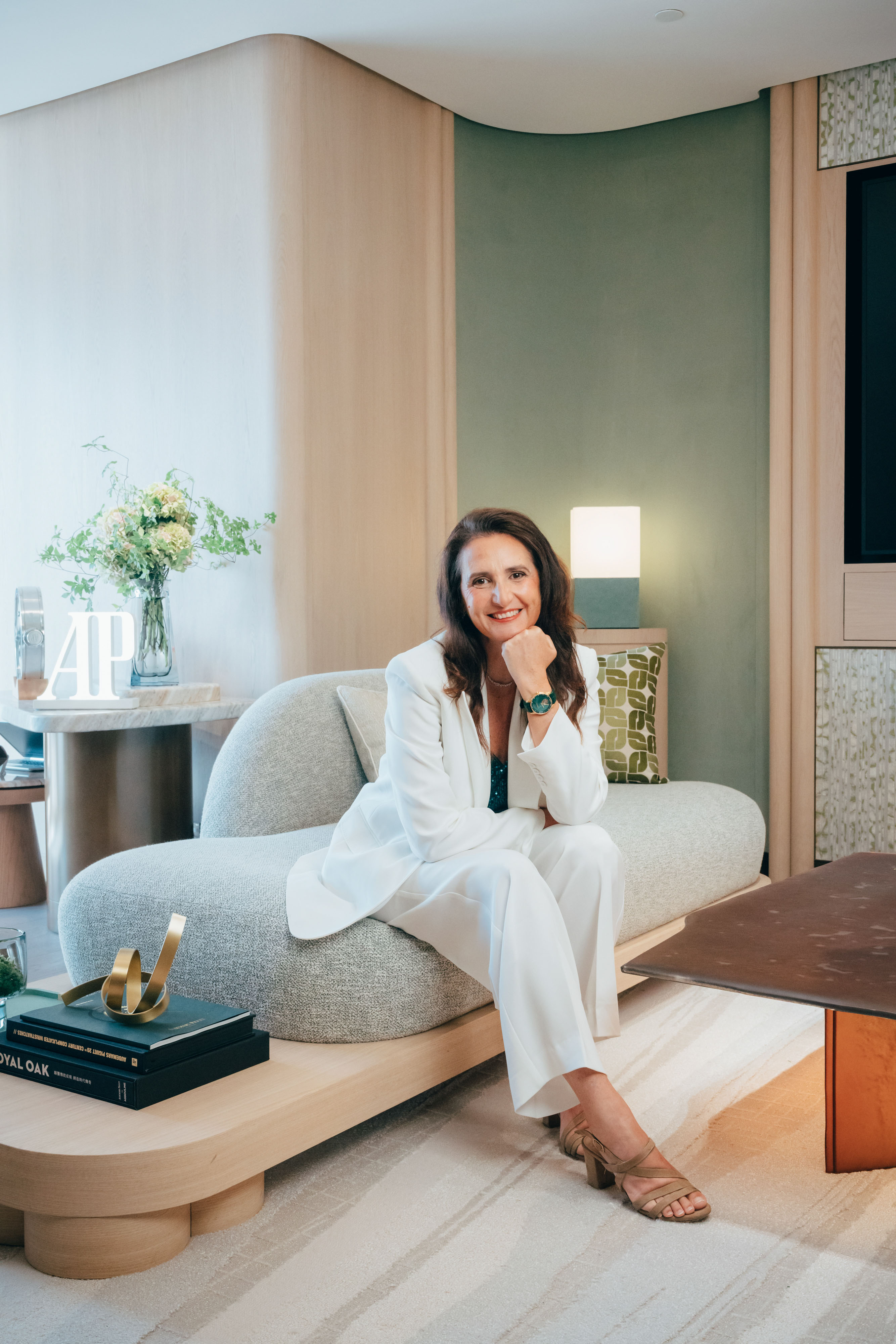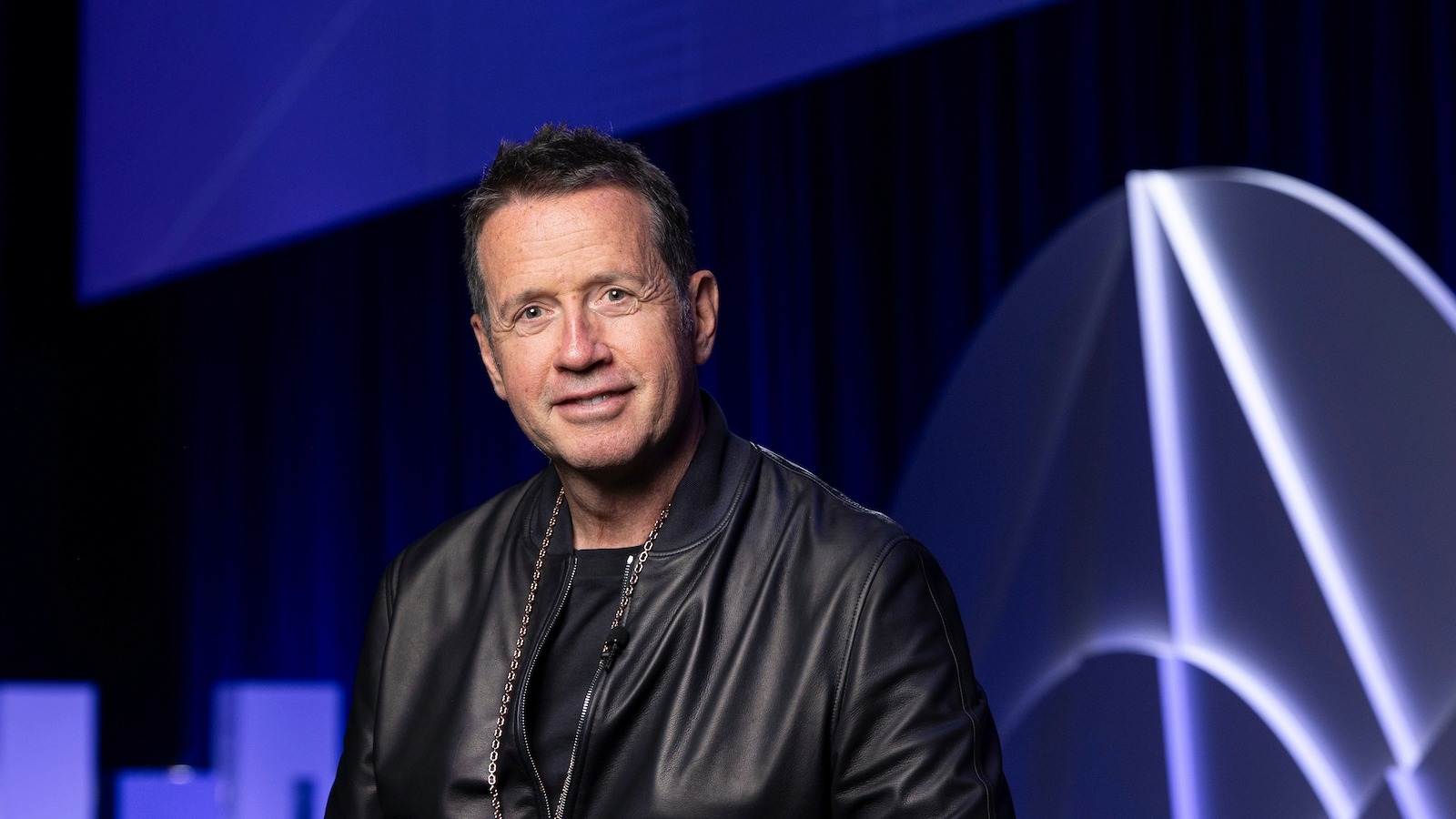What role can luxury brands play in the upcoming World Cup?

What role can luxury brands play in the upcoming World Cup?
Luxury branding and sport are hardly strangers, but there are certain types of sport that provide, to put it diplomatically, a better “fit”. Football has the viewing figures, and their players are certainly paid enough to sit comfortably within the affluent consumer demographic, but does it follow that luxury brands should be making a play for branding opportunities at the upcoming World Cup? At a time when luxury has renewed focus on noble qualities like heritage and authenticity, is football an appropriate platform?
Hublot has signed a deal to become the Official Watchmaker of FIFA and the Official Timekeeper for the next two Football World Cups. The logic here is straightforward enough; as a watchmaker, the opportunity to show the world that you’re an excellent timekeeper is no bad thing. But news that Louis Vuitton is creating a bag that will house the legendary trophy this summer has been met with a little more confusion. Currently transported in an old aluminium case, FIFA asked Louis Vuitton if it could come up with something more suitable and a special hand-made case has been created in Louis Vuitton’s Asnières workshop. The cup will be brought into the stadium inside its bag and lifted out by a Louis Vuitton ambassador in front of one billion television viewers.
For its advertising campaign, Louis Vuitton is not working with a specific team, nor is it associating itself with any current voguish players. Instead the brand’s new World Cup campaign features only football “legends”: Zidane, Maradona and Pelé playing table football together. The combination of the cup and campaign shows Louis Vuitton’s ability to make the World Cup fit with its brand values – not the other way around. The trophy represents the pinnacle of achievement in the sport and these legendary players are true experts of their craft whose reputation for excellence has stood the test of time. Exactly what Bernard Arnault wants World Cup viewers to think about Louis Vuitton.
Sources
Marketing Week – 6 May 10
Guardian – 3 May 10
Luxury Insider – 18 April










